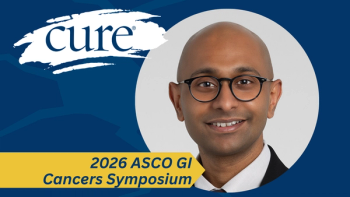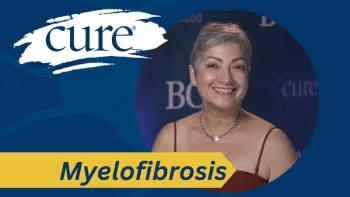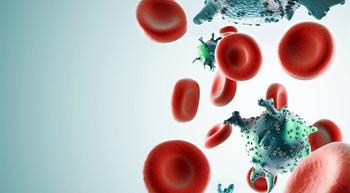
Peripheral Neuropathy Is More Than a Cancer Side Effect
Research in preventing that tingling and numbness in feet and hands is progressing slowly, but what can those of us already living with it do?
So what’s it like to experience chemotherapy-induced peripheral neuropathy (CIPN)? I only wish I couldn’t tell you. Just a few days ago, CURE magazine online published an article about ongoing research and developments in CIPN that I read just as soon as I saw it. As far as I can tell, the research just isn’t moving fast enough for me, although it did point out that what I’ve experienced is the norm: that physicians and nurses, although they routinely ask about tingling and numbness and are certainly concerned, have long considered this a relatively minor problem.
And let’s be clear, compared to cancer it is a minor problem.
But whether you are considered a “survivor” or are living with ongoing cancer treatment, those minor problems can really add up, and CIPN seems to do so with exponential speed.
Since I have been writing for CURE, I’ve often thought about writing about peripheral neuropathy because it has truly colored my quality of life. I have never felt like I had a lot to add: I haven’t found a cure, it hasn’t disappeared with a “proper” diet, there hasn’t been a lessening of my symptoms.
I have simply (mostly) learned to live with it. Developing CIPN was easy for me since, as I have metastatic cancer, the very last thing I wanted to do was cut short the strongest, initial treatment. So, although my oncologist and many nurses spoke to me about CIPN and asked for me to be totally honest about any side effects, I know I lagged a little in the openness about the tingling in my feet and fingers. Oh, they knew, but did they know it was progressing? I don’t really know. I am certain my oncologist for this treatment to work almost as much as I did. A little tingling seemed a small price to pay for some extra time in my life.
Since those early days, and it has been a year-and-half since I finished my treatment with “my” drug that has the harshest CIPN-inducing effects, I have always been open when asked about tingling or numbness. The oncologist and general practitioner have both suggested a pain-reducing medication. I will continue to resist that as long as possible.
So what can we CIPN-sufferers do? Maybe someone out there has a suggestion?
For me, I have done a little research and learned that acupuncture has shown effectiveness in some cases. There is an acupuncturist in my town who has suggested I come in for a few treatments to see if there is an effect. He is perfectly upfront about it not consistently working for CIPN. He has told me that sometimes too much time has elapsed since the onset of nerve damage, for example, for the body to heal itself. I have been somewhat resistant to this “treatment” because:
1. I have enough needles in my life
2. It is expensive.
But could it work? I am getting closer and closer to the point of saying it is worth a try.
There is also research showing that fine and deliberate movement of the feet could do something as well. Possibly those sorts of movements are encouraging new nerve growth or connections. So what sorts of fine and deliberate movements? Learning and doing the Argentine Tango! My general practitioner has said that it is very likely that dancing could help, and my husband is on board with taking lessons. Now, admittedly, the research seems to mostly show that this dance helps with restoring balance. Still, even though I can’t offer Tango-ing as a method to reduce the effects of CIPN, I can tell you that I will get back to you if it works for me.
I hope it does. But if nothing else, doing something new with my husband and having a little fun will probably be enough.




